(Last updated on 13/10/2025)
Planning to visit Extremadura but don’t know what time of the year to go? Dreading the summer heat, unsure about winter, but strongly considering a trip in spring?
In this article, aimed at travellers at the trip planning stage, I share some things to bear in mind before travelling to Extremadura in spring and offer suggestions of what to see and do in the region from March to May.
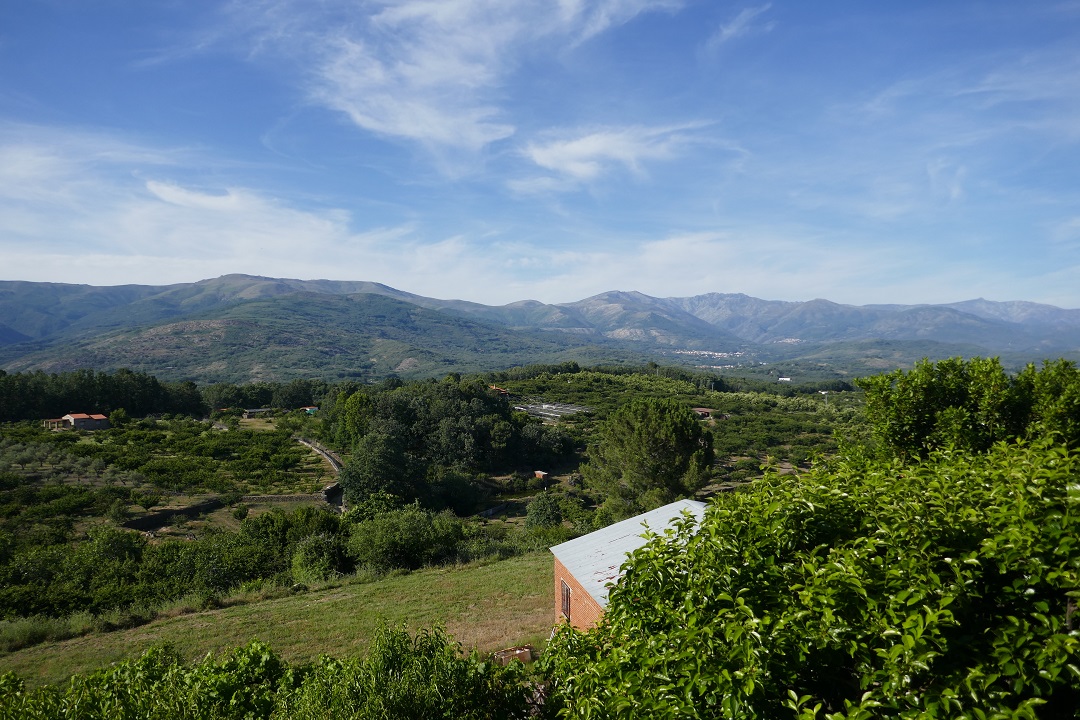
Table of contents
Things to consider when planning a trip to Extremadura in spring
Weather
Temperatures. Spring (Mar-May) temperatures in Extremadura go from relatively mild in March to hot-ish by the end of May. The region lacks ‘proper’ shoulder seasons and both autumn and spring are fairly short. The weather goes from mild to hot very quickly.
In any case, temperatures can vary a little depending on the area and altitude. See some examples below:
| Hervás | Mérida | Jerez de los Caballeros | |
| Area | Northern – Valle del Ambroz | Central | Southern – Sierra Suroeste |
| Altitude | 688m | 224m | 506m |
| Average minimum temperature | 1-10 ºC | 5-14 ºC | 5-13 ºC |
| Average maximum temperature | 12-23 ºC | 17-28 ºC | 16-26 ºC |
Sunrise is relatively late. See the Mérida-London comparison below for reference:
| 31 March | 30 April | 31 May | |
| Mérida | 08:11 | 07:28 | 07:02 |
| London | 06:37 | 05:33 | 04:50 |
The rather big difference between the minimum and the maximum daily temperature means that you need to dress in layers. You might need both a light coat and a short-sleeve T-shirt on the same day.
Skies. Cloud cover during spring decreases rapidly. For example, the chance of a mostly cloudy day in Mérida goes from 46 % at the beginning of March to 32% at the end of May. So, generally speaking, during a trip to Extremadura in spring, you can expect most days to be bright and sunny, with clear blue skies.
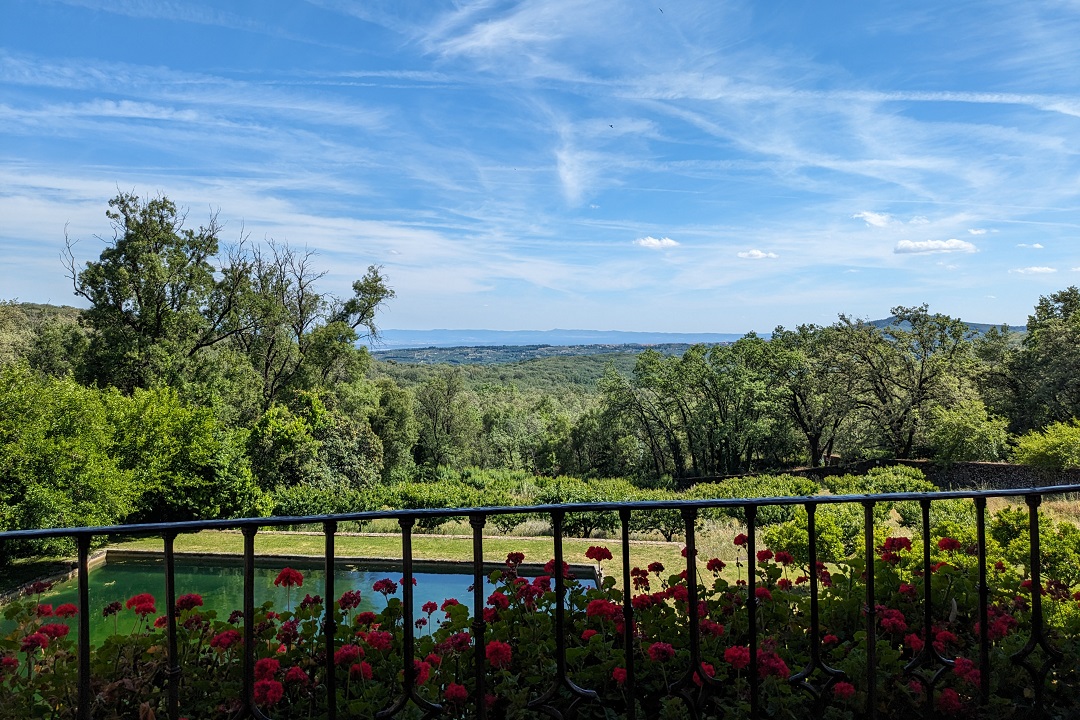
Rain. Late autumn and winter is the rainiest period in Extremadura, but you should still expect some rain (often sudden pours) in early spring, particularly around Easter; despite the changing nature of the dates, Easter rain is a classic. To give you a very general idea, the chance of a rainy day in Mérida is 15% throughout March, up to 19% in April, and down to 12% by the end of May.
Fog. The thick fog frequently affecting some areas in central Extremadura in winter starts disappearing by mid-spring.
Sights
Generally speaking, Extremadura ranks low in terms of adequately marketing sights, which can be quite frustrating for travellers coming from more customer-focused and digitally-aware countries such as the UK (as a long-term UK-resident extremeña, I can vouch for that). Things are changing slowly as Extremadura gains more international recognition as a travel destination, but some things are still pretty common:
• Official regional or local travel websites publishing huge chunks of wiki-type texts full of historical details about a sight, which still lack basic practical information such as opening times, how to get there, or contact details.
• Sights relying exclusively on a Facebook page (sometimes a profile) as their only online presence, yet still failing to make the basic practical information available or update their opening times.
• Last-minute changes to a sight’s opening times not being communicated anywhere online but only on a piece of paper stuck to the main door of the said sight.
• Wrong or not-updated opening times on Google.
• Having to call a number to find out basic information unavailable on their website or social media channels.
• Vague opening times, mentioning ‘summer’ or ‘winter’ opening times, without mentioning the exact dates.
• Only disclosing the opening times for the current season, making it difficult to have reliable, up-to-date information more than three months before a trip.
• Poor (and often automated) translations everywhere.
I find that winter is a particularly unreliable season to trust opening times and to confirm details. Perhaps it’s because winter is a low season and not many travellers are expected; perhaps everyone is planning their Christmas or is already off work. The truth is that, particularly before, during and after the Christmas period (which in Spain goes from 24 December to 6 January), opening times beyond those of the main sights in the main cities, are prone to last-minute changes.
Don’t stress over booking tickets in advance. There’s only so much planning you can do ahead of your trip and tickets are rarely going to be sold out in the low season. Make a list of sights you’d like to see and include any website, social media or contact details available; then confirm the opening times the week before your trip. WhatsApp is widely used and often is the most reliable way to check opening times. If there’s a phone number starting with (+34) 6 (a mobile) available, send a WhatsApp message.
Easter is high season
Bear in mind that Easter is considered high season in Extremadura. With the countryside looking its best, many extremeños make the most of the bank holidays by escaping to a remote location and renting out a whole casa rural with family or friends.
Easter is also a major draw for mostly national religious tourism, with a number of notable Semana Santa celebrations taking place throughout Extremadura (see below).

Is spring a good time to visit Extremadura?
Deciding whether visiting Extremadura in spring is a good idea will depend on your priorities, plans and interests as a traveller.
These are my favourite things about travelling to Extremadura in spring:
• Beautiful landscapes. The late autumn and winter rain helps keep Extremadura nice and green until mid-spring. Landscapes start turning dry and yellow at some point in May.
• Good temperatures for walking. While I generally prefer winter for walking, early and mid-spring is still a great season for spending time outdoors in nature.
• Hot enough for wild swimming. With temperatures reaching and even exceeding 30 ºC, late May is a great time for wild swimming. Locals only swim during the summer season (starting around mid-June), when natural swimming pools are set up, and that means you’ll have all the other little river pools to yourself. The water is absolutely freezing, mind you.
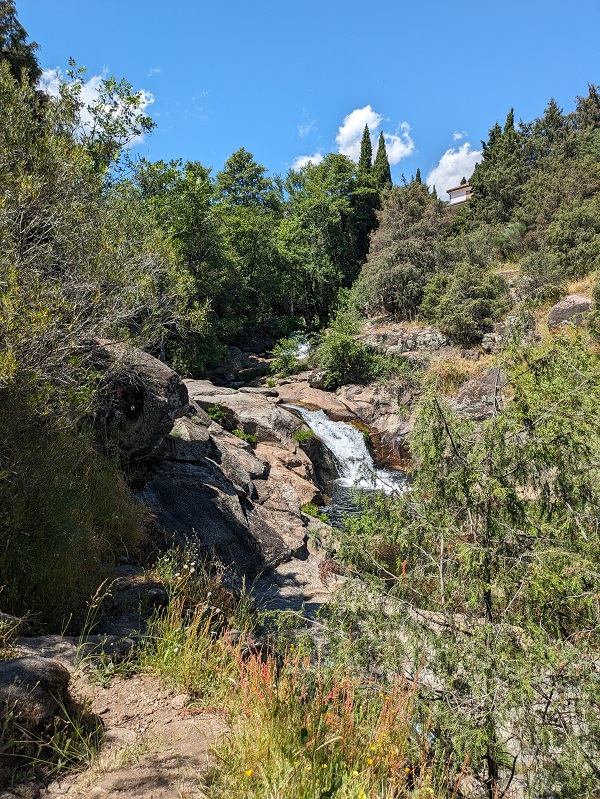
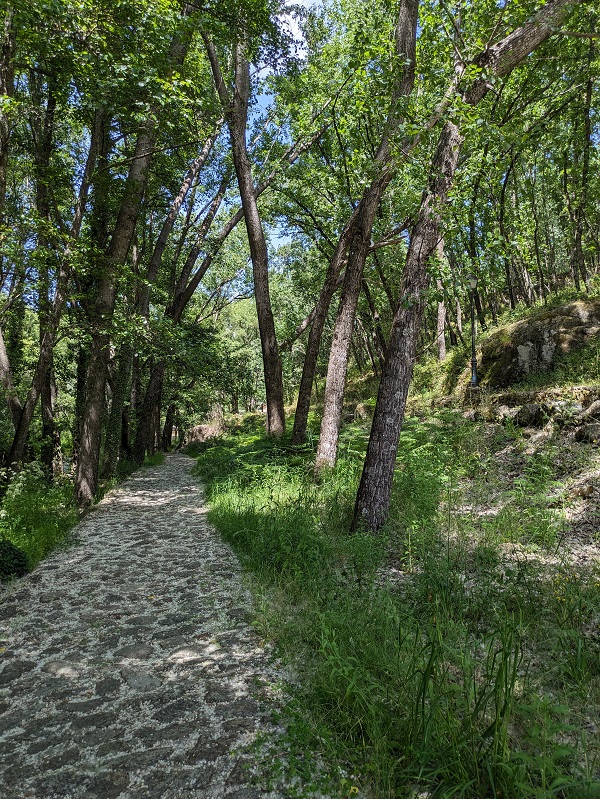
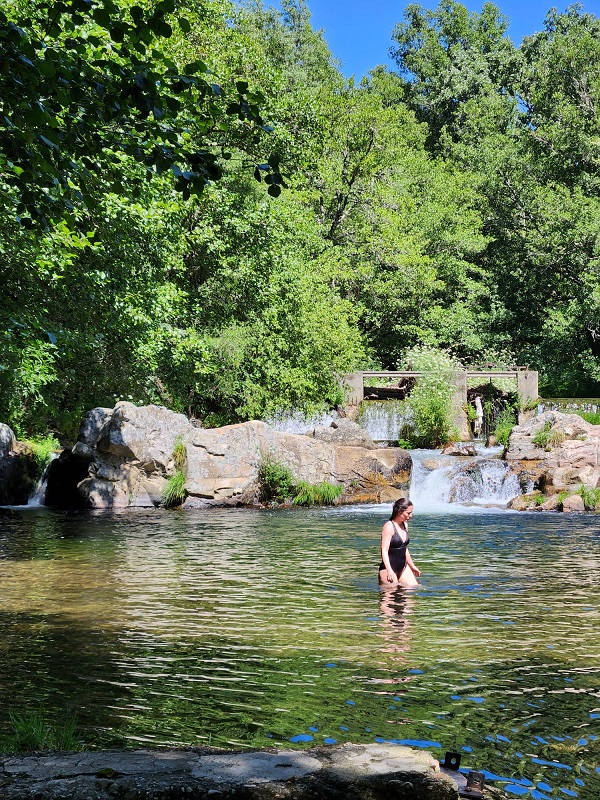
Things to do in Extremadura in spring
Visit castles
While visiting castles is something I particularly enjoy when I go to Extremadura in winter, spring would be my second favourite season to do so. Temperatures will still allow you to see castles at any time of the day (unlike in summer, when it’s way too hot from 12pm to 6pm). Landscapes will still be nice and green until April, at least. And, outside the Easter period, you won’t find many other visitors.
Walks
Spring is a great time for walking in Extremadura. Depending on your particular interests, you can choose many different types of routes. For example, if you’re keen on plants and flowers, you could do a walk such as Ruta Sierra de Alor to see wild peonies and orchids in bloom. As the weather warms up through the season, you could choose longer routes or combine walking with wild swimming.
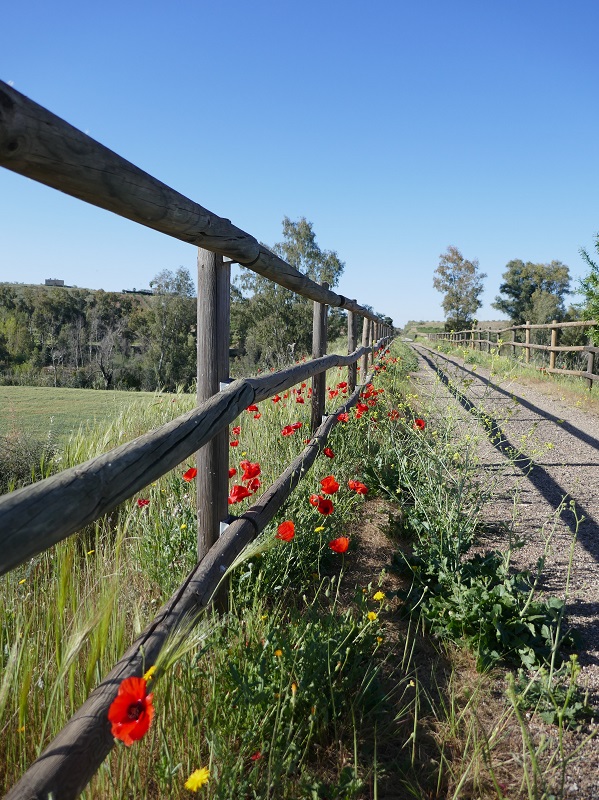
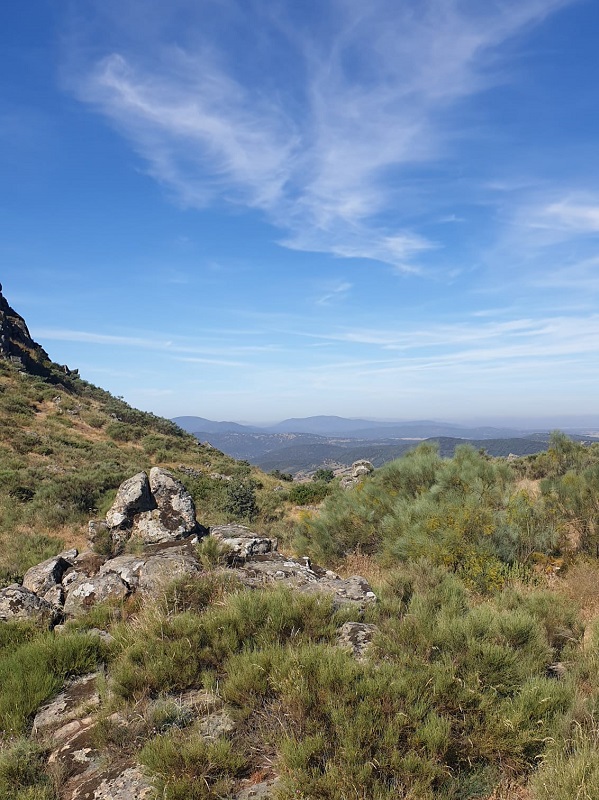
Spring events
Semana Santa (Easter) is the main spring event to bear in mind when planning a trip to Extremadura in spring, since it’s considered high season. It’s one of those events to either join or avoid, depending on your travel preferences.
If you’re not keen on religious celebrations you might want to consider travelling to Extremadura outside the Easter period, or at least staying off the main tourist destinations, which will be pretty crowded on the key dates.
If, on the other hand, you’re interested in or curious about Spanish Easter, Extremadura has some long-established, original and quirky traditions you’ll enjoy. The most attended celebrations are those in Badajoz, Cáceres, and Mérida – the latter involving a Good Friday procession in the Roman Amphitheatre. Jerez de los Caballeros is another good place to visit to see Semana Santa processions and, more generally, religious architecture. For a more unusual and unique Easter event, head to little Valverde de la Vera to see Los Empalaos, where barefoot men wearing veil, and a crown of thorns silently complete the steps of the Via Crucis while bound by rope to a wooden cross.
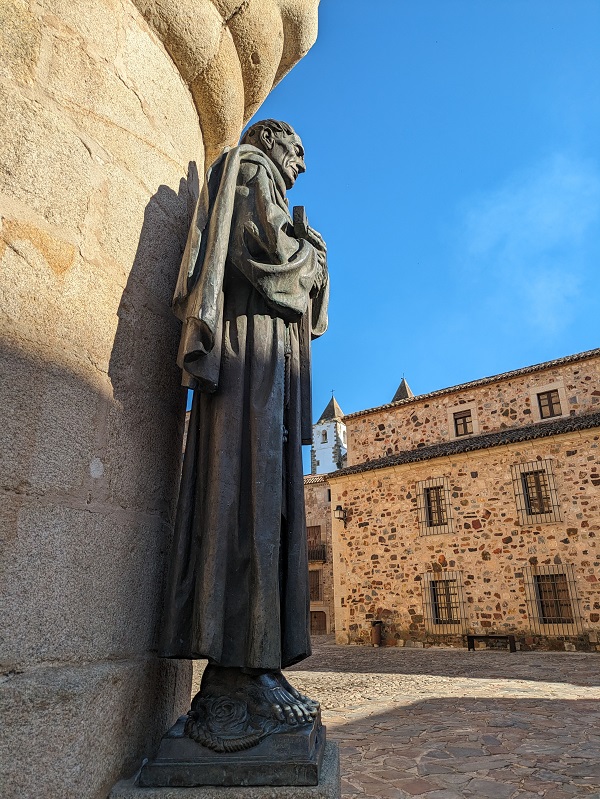
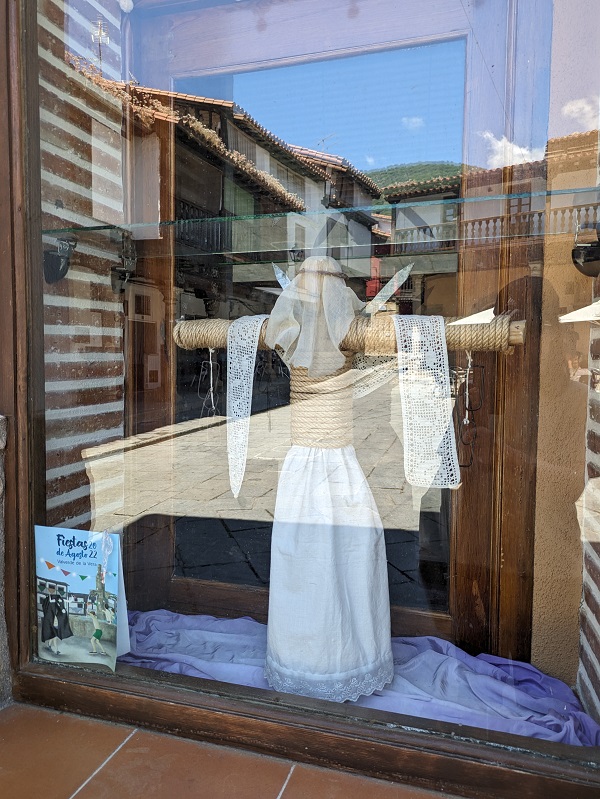
Cerezo en flor. Spring is the most popular time of the year to visit Valle del Jerte, and it’s all because of cherries. With well over a million cherry trees growing on terraces, this valley in northern Cáceres province turns white during the short cherry blossom (cerezo en flor) season in early spring (2025 dates still to be confirmed). Later in the year, you can enjoy the delicious local cherries, as well as join cherry-related activities during the cherry harvest season (cerecera), normally lasting from May to July.
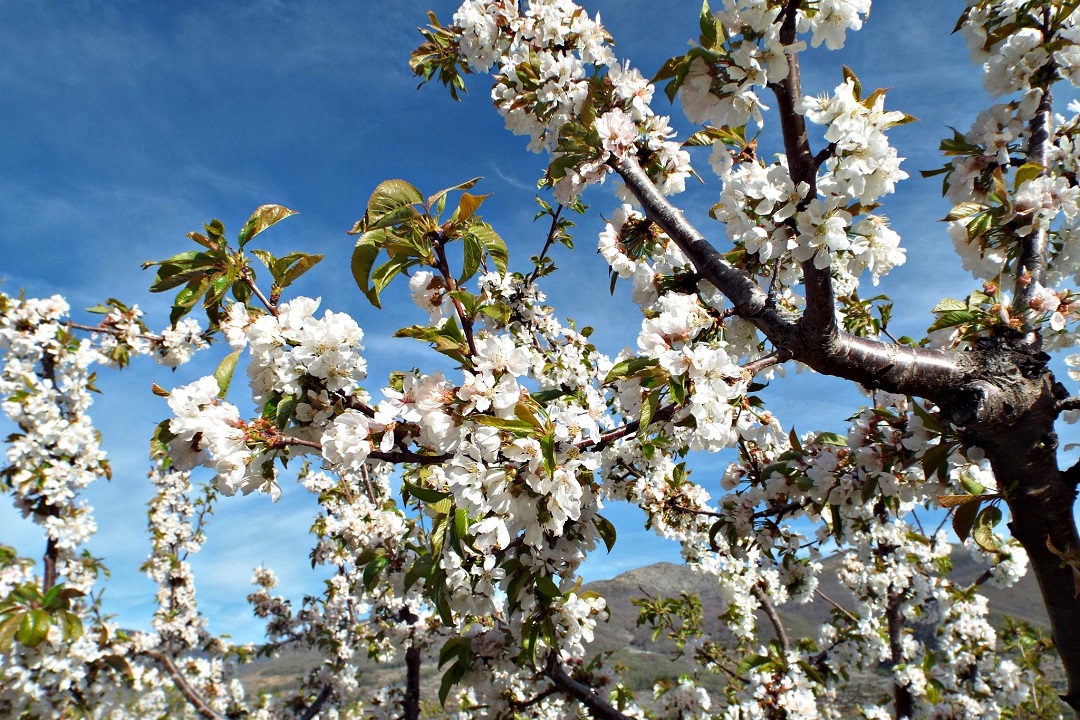
Feria nacional del queso. Trujillo should be on your bucket list for your first trip to Extremadura no matter what. But if you happen to go in spring, knowing that a huge cheese fair takes place in the main square on the first week of May might help you decide the best day to visit.
Birdwatching
Extremadura is a great birdwatching destination all year round, so spring is a good time to go, whether you’re looking to spot specific species passing through, or others easily found in the region throughout the year.
Eat seasonal spring food
When it comes to eating in Extremadura in spring, here are two personal suggestions:
Try springtime fare
If you visit areas in northern Cáceres province, particularly Valle del Jerte and La Vera, look out for any cherry-based dish in local restaurants. Cherries are in season from May to July and are used in all sorts of dishes: from cold soups, starters and salads, to delicious sauces for meaty mains, to cakes and ice-creams. If you want to try fresh cherries, look out for the ‘Cereza del Jerte’ indication certifying five cherry varieties native to the Valle del Jerte, including the famed stemless picota cherries.
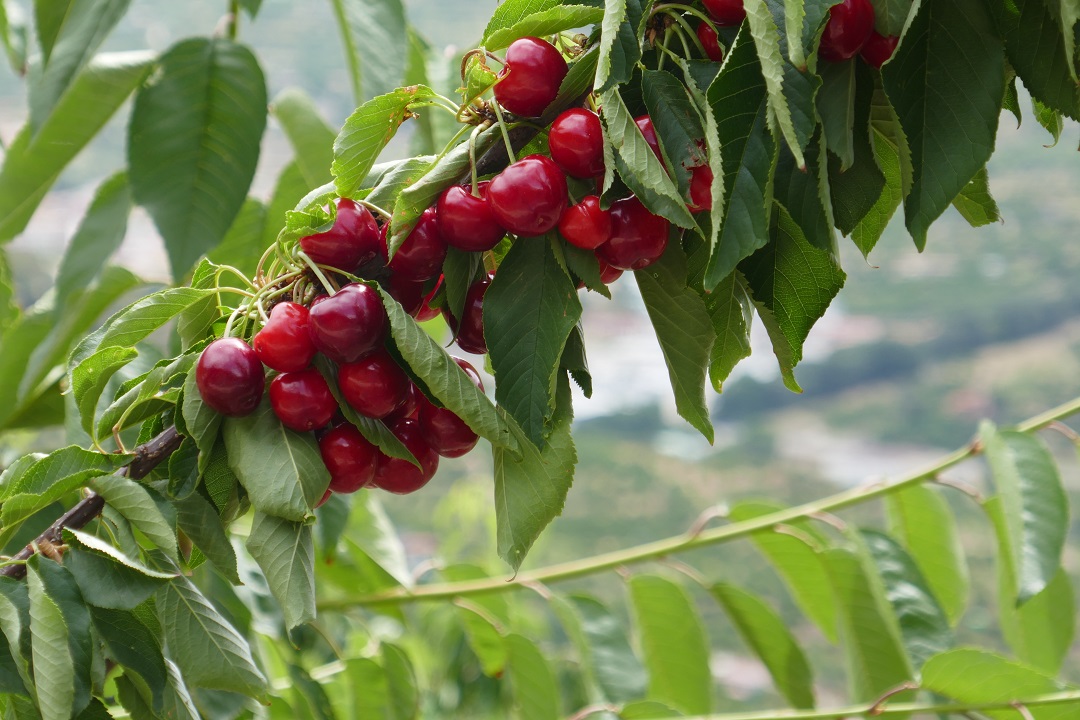
Other seasonal spring produce include asparagus and criadilla (de tierra), a type of fungus that grows underground only in certain areas of Extremadura; searching for criadillas in the countryside near Alburquerque with my paternal grandfather is a childhood memory I hold dear.
Choose lighter variations of hearty dishes
When in Extremadura, diet permitting, you should try Ibérico pork, whether it’s ham or other cold meats, or pork dishes. The region has lots of comfort, hearty dishes and some of them might be a bit heavy to the stomach in hot weather. If you travel in late spring and find it too hot, you might want to stay off offal, stews and fried meat. Choose chargrilled (a la brasa) or grilled (a la plancha) pork dishes instead.
You might want to eat at Hospederías – eight four-star hotels located in historic buildings in rural Extremadura with on-site restaurants. Their affordable set and à la carte menus include traditional recipes with a twist using local, seasonal ingredients.
Related reads:
This content is protected by copyright and belongs exclusively to Irene Corchado Resmella. To know exactly what this means, read the 'Copyright' section in the Website terms of use.

Irene Corchado Resmella
Hi! I’m Irene (/ee-REH-neh/). Long since settled in the UK, I explore my Spanish home region of Extremadura with an inquisitive mind, a sharp eye, and the duality that comes with being both a local and a visitor. Then I write about it here to help you discover this beautiful yet overlooked part of Spain. If you have any questions after reading this article, submit a comment below! Read more about me.
